CHE-1
% Remco Bloemen % 2014-09-21, last updated 2015-04-06
I took a deep dive into my own history. The quest was to find the old manuals of my first computer. I found it 'under' my mom's house. Not kidding! Equipped with a torch I went through two basements into the crawling space under the living room. There I confronted a heavy wall of boxes crammed with books. Buried deep under that wall I found a dusty grey ring binder inscribed with 'THT', an ancient acronym for the local university. But it was worth it! Turns out my first computer was a cool homebrewn Apple IIe clone. This is what they looked like:

They where hand build, so all looked slightly different. I think mine was rougher.
I must have been 7 or 8 years old when I had this machine, so it was around '94. The machine was well obsolete by then, which explains why it ended up in my bedroom. It was the first of more than a dozen or so obsolete computers that somehow ended up in my room.
This one is a rather special. In many ways it represents the Silicon Valley spirit brought to the Netherlands.
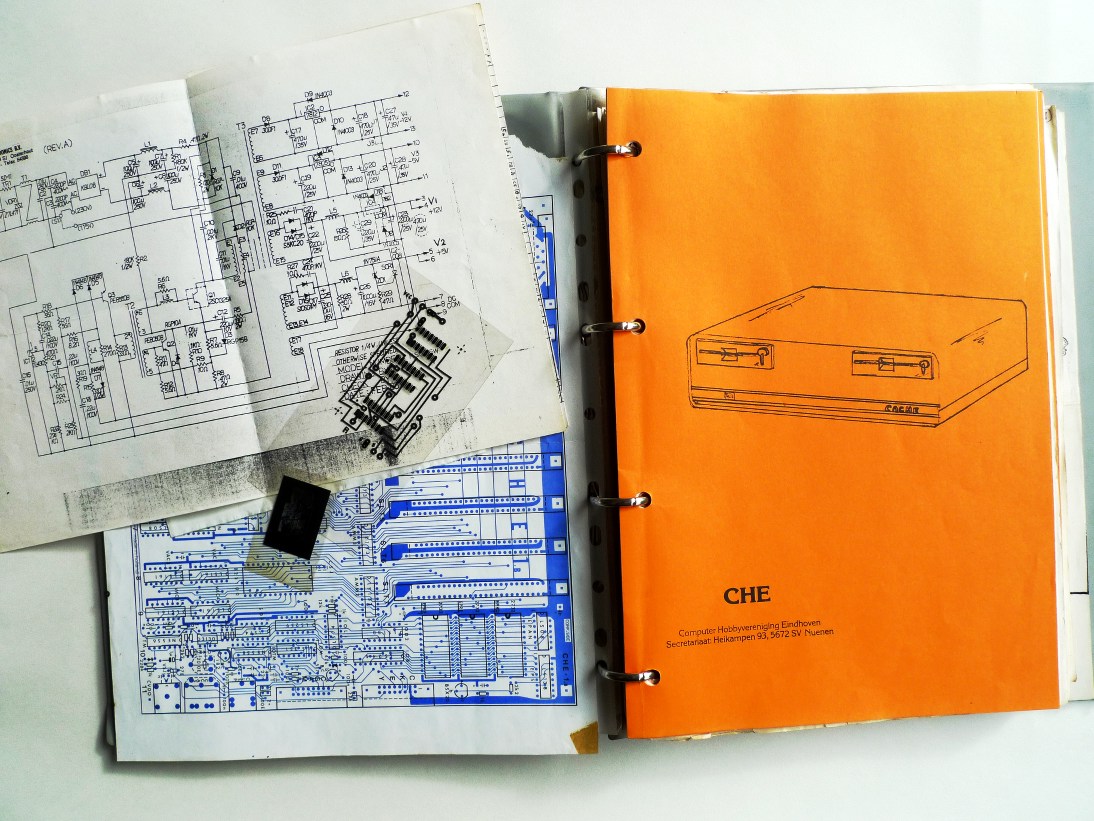
Early in the 80’s a group of Natlab employees (Philips Research Center in Eindhoven), came together and worked on a computer in their spare time. It would be an Apple IIe clone, but one that you could build yourself. The group organized as the “Computer Hobbyclub Eindhoven”, or CHE for short. It had some similarities to the famous Homebrew Computer Club.
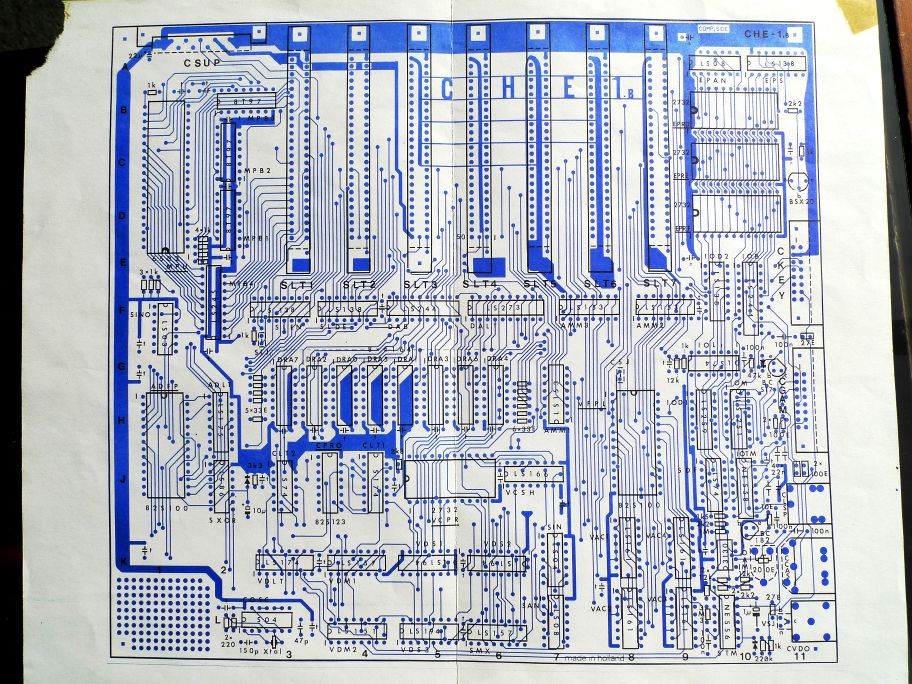
I remember how over the years computer manuals started including less and less technical details. An early VGA graphics card I used came with a manual that included a full specification of all its registers. This sort og openness allows hackers to push the boundaries. Here’s one creative genius that managed to go beyond what was possible:
When I was 11, I won 50 pounds in a competition for writing this program that made sound on a ZX81. You couldn’t make sound on a ZX81, but I played around with machine code and found some codes that retuned the TV signal so that it made this really weird noise when you turned the volume up.
— Richard James (better known as Aphex Twin) (source)
Today, this sort of detailed technical information is a trade secret. You can only find the register mappings of AMD/ATI and Nvidia products by reverse engineering. This set open source graphics and games back a lot.
The clubs first and only computer is the CHE-1. When you joined the club, you could order the parts and the club would help you build your own computer. It was also a free exchange of ideas on how to extend the capabilities of the CHE-1. Over the years they developed extensions such as printers, floppy drives and colour graphics. They went beyond the original Apple II design. But they also made sure they used standard components and had good documentation so anyone could build it. These documents and schematics fill my grey binder. Approximately 1300 CHE-1 motherboards are build. The club went dormant after five years (source).
![The motherboard populated. With seven expansion slots the CHE-1 was build for extension. The community developed many: full colour graphics, RAM disks, serial ports and tape drive interfaces. Source: http://www.hansotten.com/index.php?page=apple-ii-clones. © 2004 Hans Otten. (CC BY-NC 2.5 NL)[https://creativecommons.org/licenses/by-nc/2.5/nl/]](https://2%CF%80.com/14/che/motherboard-populated.jpeg)
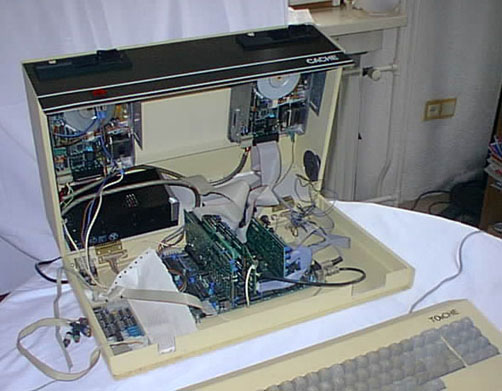
The EPROMs containing the firmware where not officially part of the DIY package. The manual does not describe the firmware. I assume this is because they where unauthorized copies of Apple’s own firmware. In the introduction to chapter 5, the manual just assumes that you somehow managed to get Applesoft BASIC on your system! (Apple-Soft, by the way, was what Micro-Soft called the Apple II port of its BASIC).
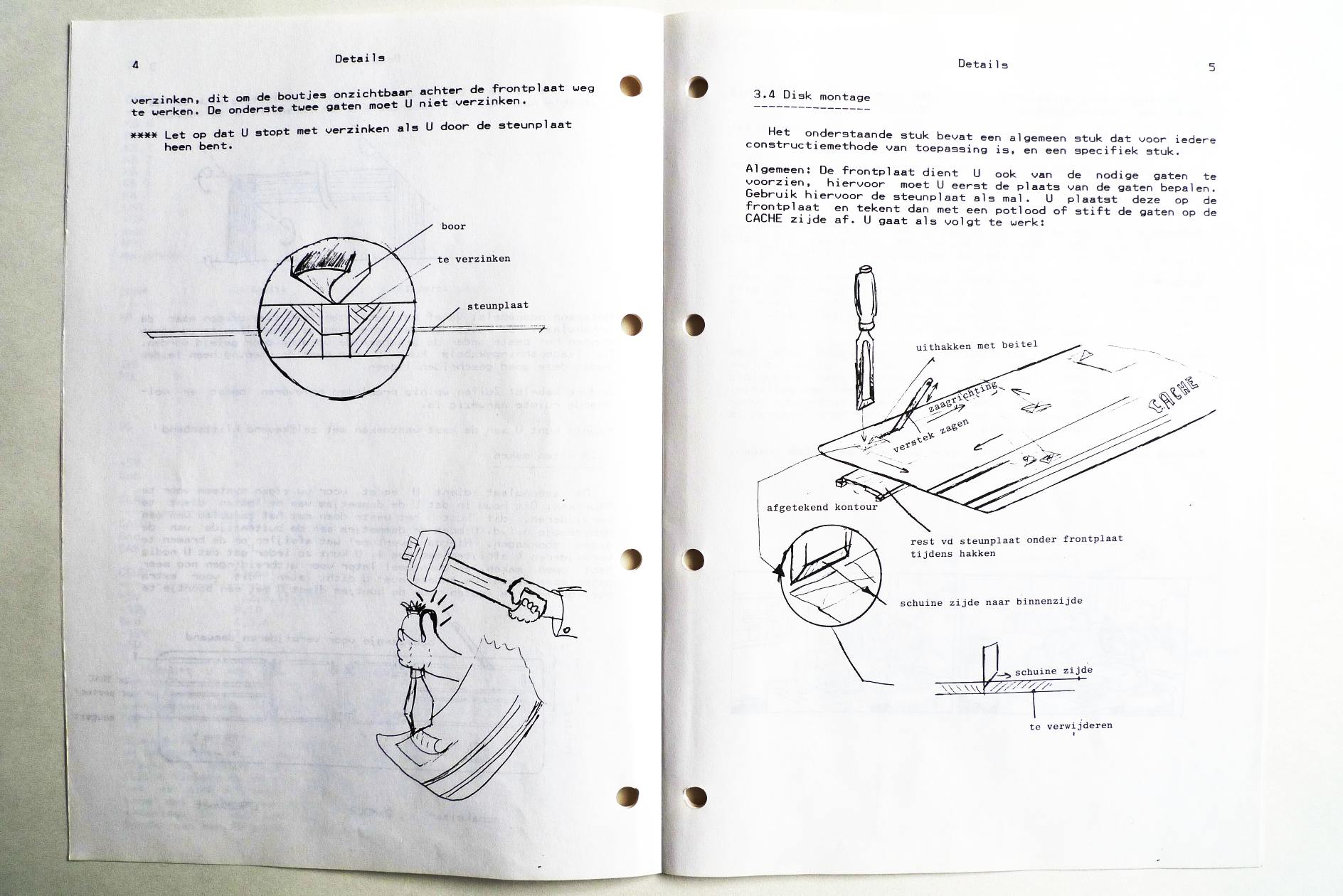
I never needed a hammer and chisel, but I remember resoldering the keyboard connections every so many keystrokes. It was a wide ribbon cable hand-soldered to a big D-sub connector without strain relief. Good times. This was way before USB, PS/2 and even PC/AT keyboard connectors.
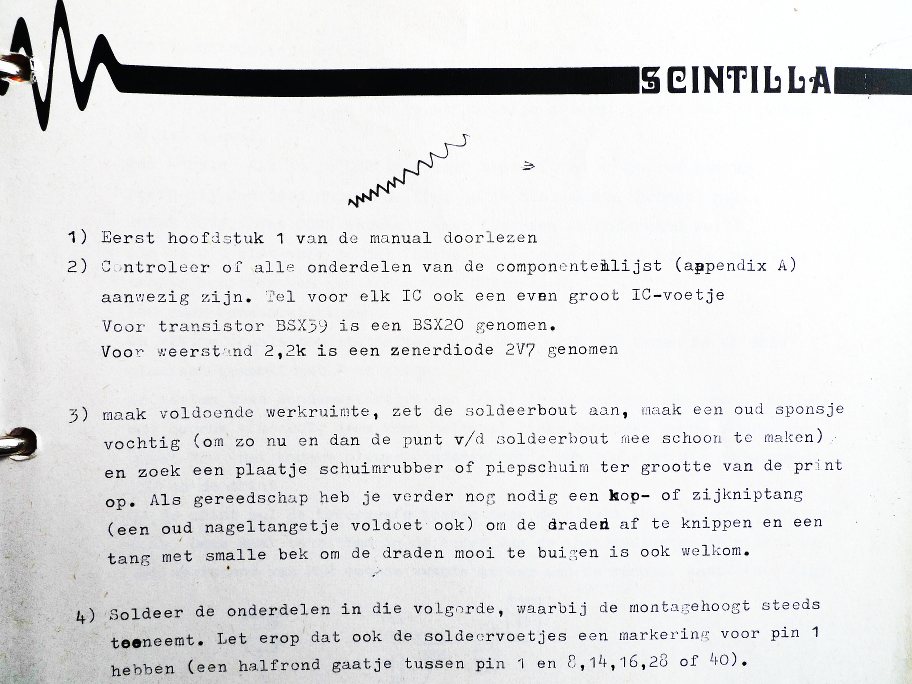
Scintilla, the student student society for electrical engineers in Twente constructed my machine. They contributed back to the project with a nice introduction into soldering. Almost two decades later I would become a member of Scintilla to use their electronic component store. It’s one of those funny loops in fate.
Besides the grey binder I also found two manuals on Apple II programming:
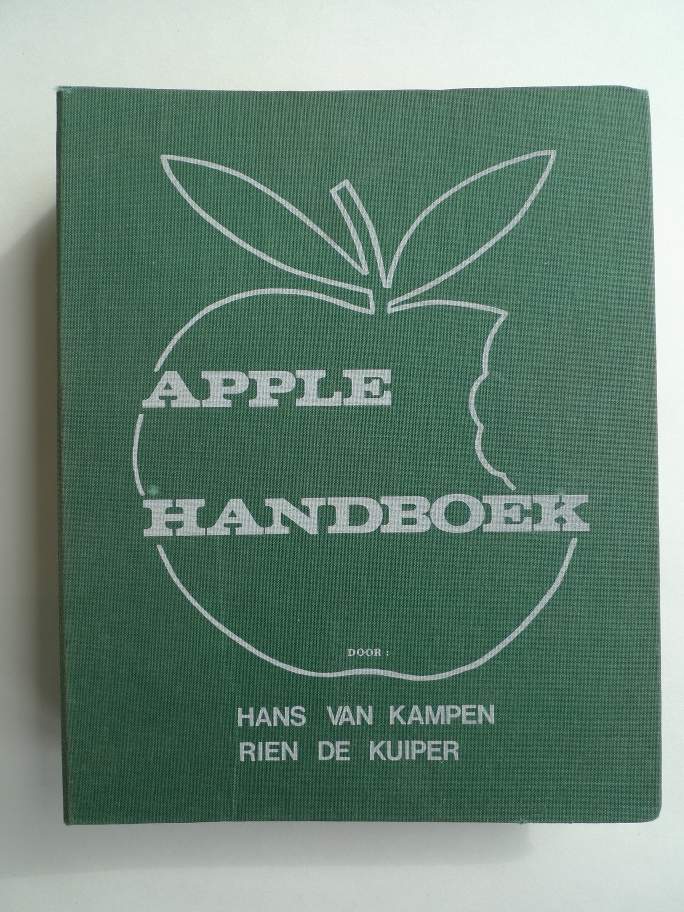
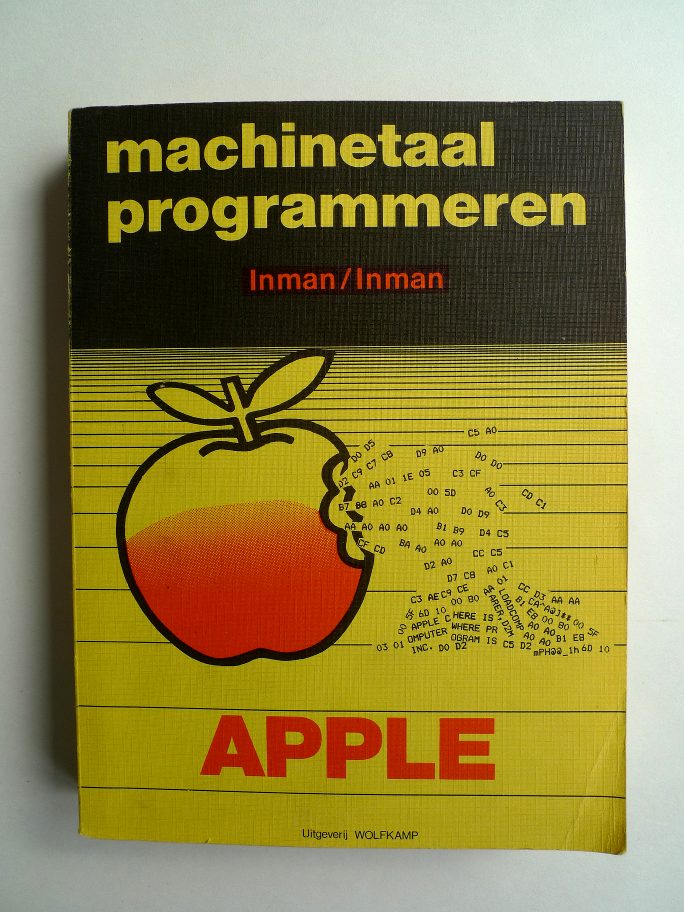
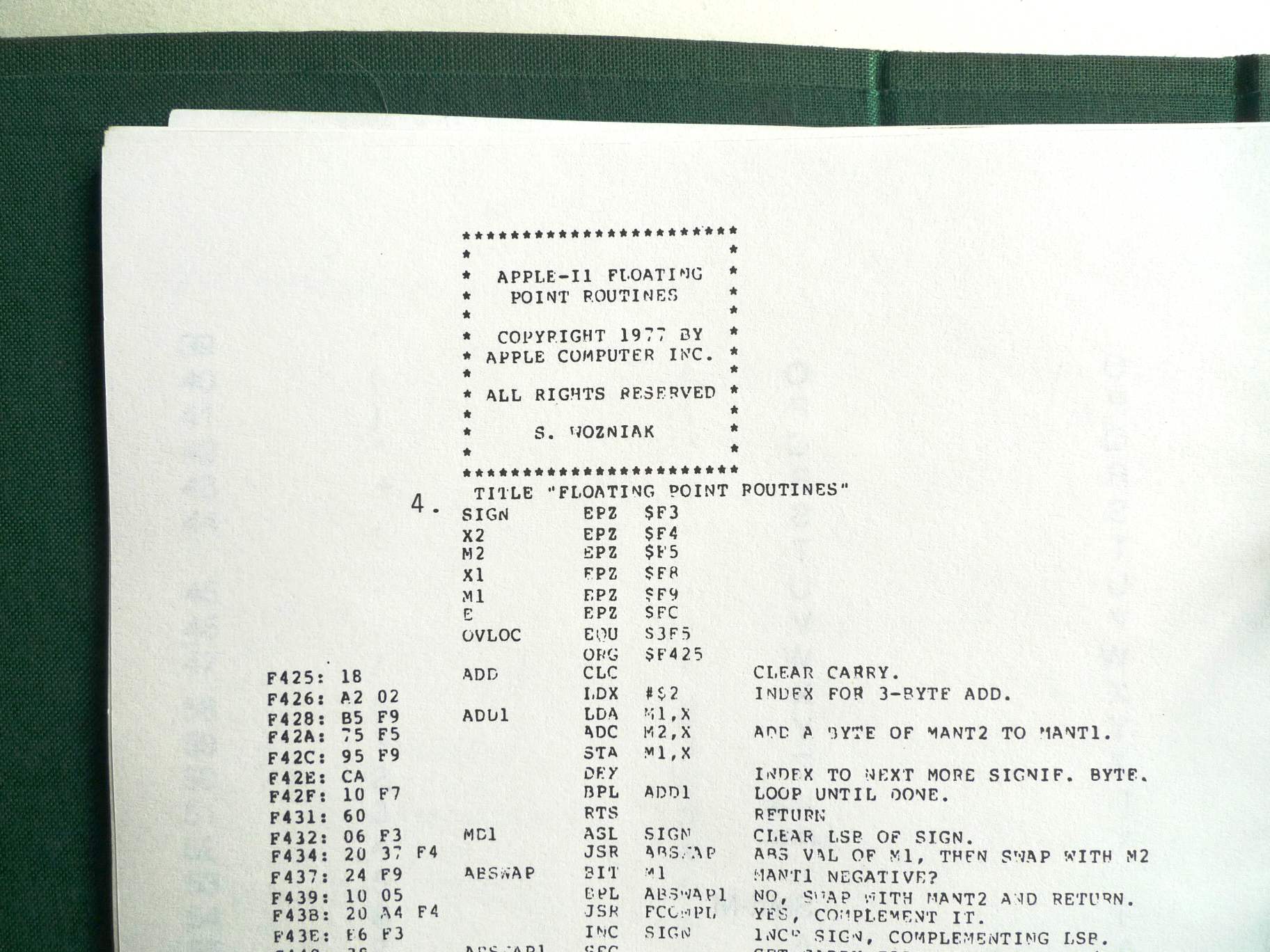
The Woz! He single-handedly designed the Apple II. When he wrote these routines he was 27. That is my current age! Will someone read my code forty years from now?

I remember this. That little worm thought me about bits, nibbles, bytes, words, hex and binary.
In fact, thanks to the CHE-1 and Applesoft BASIC I think I learned programming in the critical period where you learn your native languages: when children under nine learn languages, the early exposure to different languages activates a reflex in the brain allowing them to switch between languages without confusion or having to internally translate them into another native language (Penfield, 1964).
Programming definitely feels like a native language to me.
I spend many nights just typing in the example code from these books,
then I would change something and see what happens. In the beginning I
did this without understanding what happened. All that experimentation
thought me computer internals and the BASIC programming language. By the
time I had my first English classes (around age 10) my vocabulary was
input, print, if, then, for and next. I’m still at odds with
goto being two words!
Also surprising are the beautiful little loops this machines has created in my life:
- It was designed by Philips Natlab associates, I would later get an exclusive tour there.
- It was build by Scintilla, which I would later join myself.
- It has Silicon Valley spirit, which I would later experience first hand at Singularity University.
I’m sure it set me up for this!
